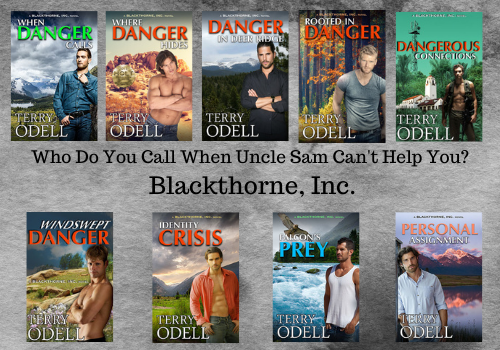By Debbie Burke
Recently, Jim Bell wrote about baseball legend Honus Wagner, a shortstop in the early 20th century, and one of the first inductees into the Baseball Hall of Fame.
Here’s a story for Valentine’s Day about how Honus played matchmaker between me and my wonderful cover artist, Brian Hoffman, right here at The Kill Zone.
I still get chills when I remember how Brian and I “met”.
In 2017, the first novel (Instrument of the Devil) in my Tawny Lindholm Thriller series was traditionally published. They provided a cover that was predominantly lizard green, not my favorite color. But they paid me, so I went along with it.

Original cover
Six months later, they closed their doors, leaving me orphaned. The second book in the series was ready to publish and a third was in the works. After considering options, I decided to self-publish the subsequent books.
But self-publishing meant providing my own covers.
A professional design company did several cover drafts but I didn’t like any of them. Being a DIYer, I tried creating covers myself and wrote a post for TKZ about the process.
At that time, the fourth book Dead Man’s Bluff was close to publication but had not yet been released. No one except my critique group and editor had read it.
After that post, I received a gracious email from TKZ regular, Brian Hoffman. He said he enjoyed my posts and had learned a lot from them. Then he added he hoped he wasn’t offending me but “Your cover for Dead Man’s Bluff looks amateurish. I’ve made one you might like better. It is my gift to you for all the help your columns have been to me.”
He attached this cover:
Wow, just wow!
Since the book had not yet been published, Brian had no way of knowing the McGuffin in the plot was the Honus Wagner 1909 baseball card. Yet, there on his cover was that very card!
Chills ran through me. The theme from The Twilight Zone played in my mind.
How had this complete stranger perfectly captured the essence of my story about a Florida hurricane and a stolen baseball card?
I immediately wrote back to Brian, with profuse thanks, saying of course he hadn’t offended me, far from it. He’d blown me away with the beautiful cover and his generosity.
Believing he was a professional who designed covers for a living, I asked him for a bid to redo all my books.
Bing, bang, boom. More emails arrived from him, each containing another great cover. They displayed a consistent style for the series that fitted the thriller/suspense genre. I was thrilled.
How much do I owe you? I wrote back.
Nothing. I enjoy doing them.
No way could I take his work without paying him.
If he wouldn’t give me an amount, I figured I’d send him a check for a fair market price. What’s your address?
No answer.
After more back and forth emails—me offering to pay, him declining—we finally came to an agreement.
The Book of Ecclesiastes says: Cast thy bread upon the waters, for you shall find it after many days…
Brian and I continue to enjoy a great working relationship. I send him a synopsis of each new story. He sends several sample designs. We yak back and forth to fine-tune and decide on a final version. Here is his work:
Thank you, Brian!
Being member of TKZ’s community yields many rewards, both expected and unexpected.
Happy Valentine’s Day to TKZ’s family and friends from all over the globe who enrich my life as a writer and a human being.
~~~
TKZers: Have you ever received a gift you never anticipated? Have you ever given a gift the recipient didn’t expect?
~~~
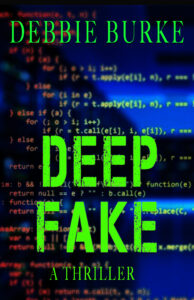
Here’s a sneak peek at Brian’s cover for my upcoming thriller Deep Fake.
You can’t believe your eyes.
Sign up here at my website and I’ll let you know when Deep Fake is released.

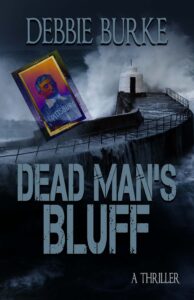
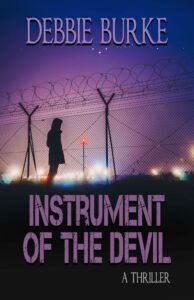
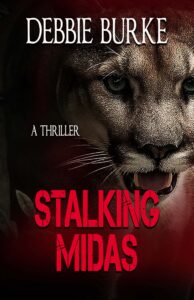
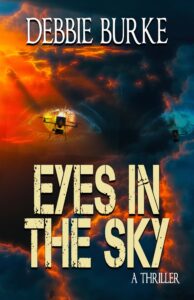
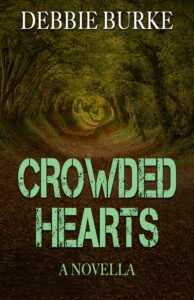
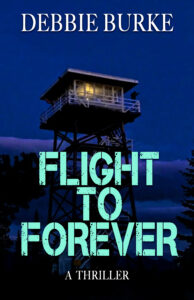
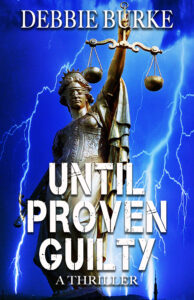
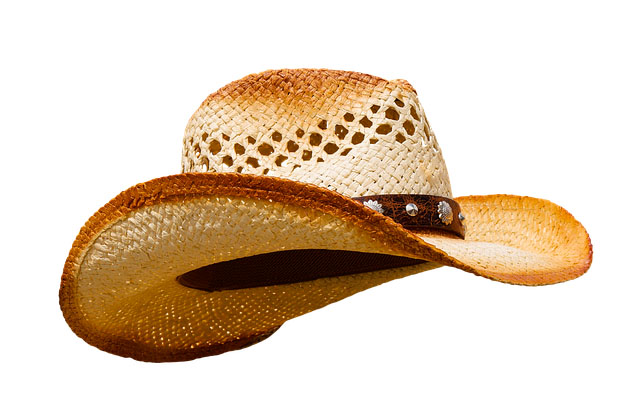 What is author branding? When I attended a SleuthFest conference, one of the invited guests was Neil Nyren, a top gun at Penguin Putnam. I did a workshop on Point of View, and served on several panels. My latest releases that year were my three Triple-D Ranch books, and when I was “working” I wore my cowboy boots and hat. (I live in Colorado: the boots are my dress shoes, and the hats are common attire.)
What is author branding? When I attended a SleuthFest conference, one of the invited guests was Neil Nyren, a top gun at Penguin Putnam. I did a workshop on Point of View, and served on several panels. My latest releases that year were my three Triple-D Ranch books, and when I was “working” I wore my cowboy boots and hat. (I live in Colorado: the boots are my dress shoes, and the hats are common attire.)

